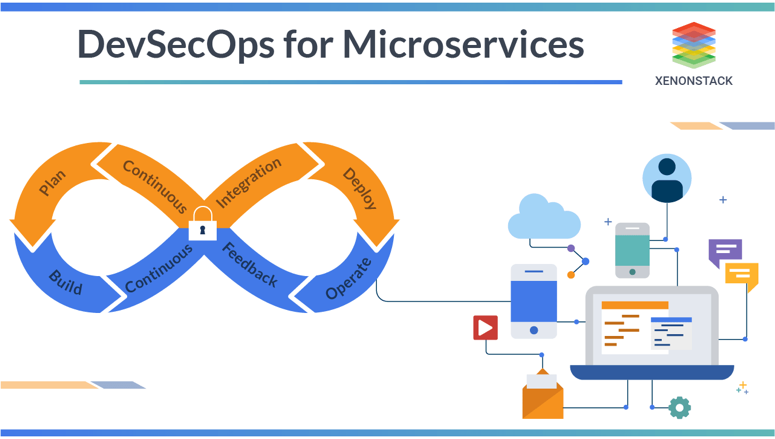In the life cycle of application development DevSecOps is about implementing protection easier, thereby mitigating vulnerabilities and getting security closer to IT and business goals. DevSecOps is a cultural shift in the software industry that aims to bring security into the rapid-release cycles, also known as the DevOps movement, that are characteristic of modern application development and deployment. Adopting this shift-left attitude allows companies to resolve the divide that traditionally exists between development and security teams to the point where the development team itself automates and controls much of the security processes.

Almost 47 percent of enterprises have already adopted DevSecOps, and 33 percent expect to implement DevSecOps within the next two years. In IT services and retail, followed by healthcare and finance, the highest degree of adoption for DevSecOps is an old story to tell, which is still raging now. In the upcoming ventures, companies will depend on more modern software creation and distribution to face the increasingly diverse and competitive markets as part of their business model. So, if we dig deeper into the future of DevSecOps, from growth and operations to monitoring, protection and metrics, the hottest trends will change. Let’s know how DevSecOps can revamp the whole business of tech.
Continuous delivery is a noble objective that, if best practices are not adhered to, will get you an express ticket to Digital Failure. Checking it constantly is the only way to ensure that the code is up to the specifications. With microservices being generated by developers, more modules need to be vigorously tested. For this, developers need the ability to test the code in what is known as Shift Left Continuous Testing as it is developed. Working with automation and virtualization on such tests can expand agile practices beyond development and testing and help to eliminate long cycles in the backend. This creates a culture of continuous improvement that leverages efficiency and efficiency measures to ensure that the final product is improved.
With the increase in project complexity, various types of security problems can potentially be experienced, ranging from bad codes to misconfigured servers and everything in between. These issues could only be solved by taking into account the safety implications, principles and standards for the development of the applications. A new movement called DevSecOps has been implemented to meet the challenges and bring forward operational and technological innovation to cybersecurity. With the evolution of microservices and SDKs, developers can easily build product security and solutions for greater user experience. Security-related code testing requirements are highly complex and idiosyncratic, so it is necessary for DevSecOps to unify development, security and operations. DevOps Metrics is a comprehensive way of not only viewing the performance of the DevOps program, but also how it can be updated, strengthened and enhanced. The ongoing focus of DevOps metrics is on the areas of deployment, operations and support that helps to speed up growth, deployment, deployment frequency and failure processes, and can measure customer responses.
For DevSecOps, an effective assessment becomes increasingly relevant, the organizations continue to push the envelope to implement robust test automation, more advanced security controls for pre-production and management disciplines throughout DevSecOps Lifecycle. Significant progress can be shown with the implementation of these values.


